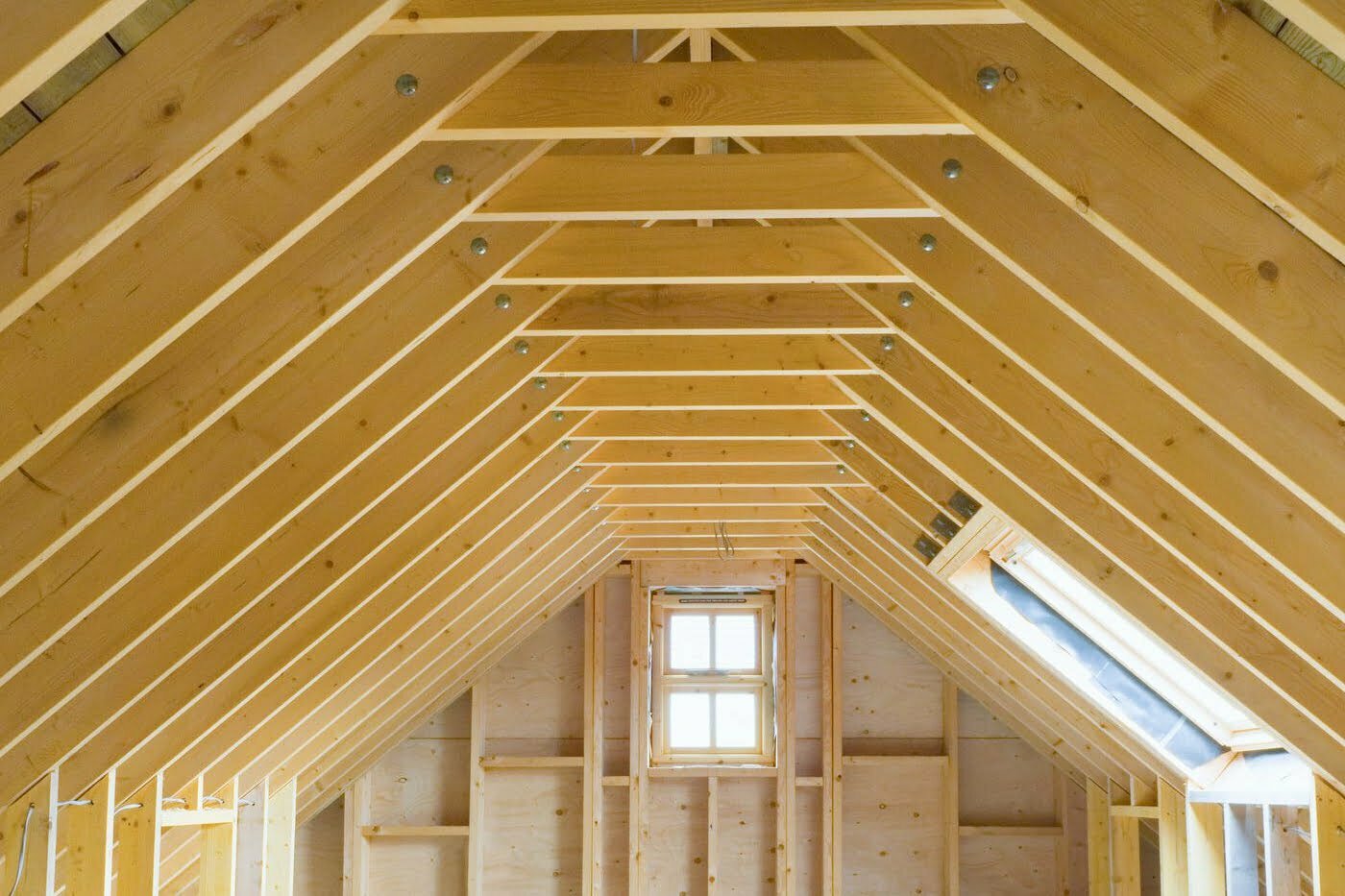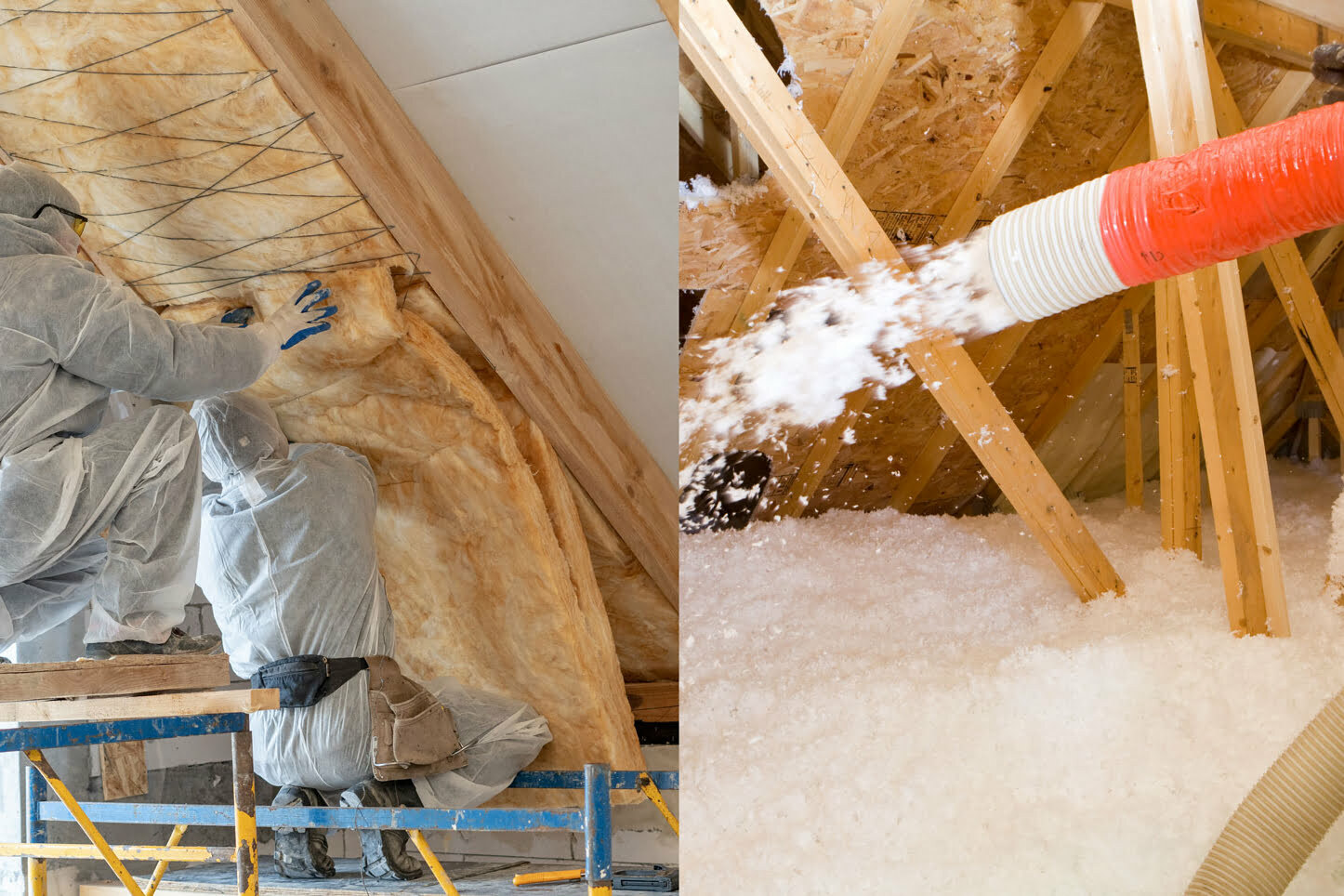Blown-In Insulation
About Blown-In Insulation
If you are experiencing a lot of hot air in the home during the summer and/or a lot of cold air in your home during the winter, then you might not have enough insulation in your attic. By insulating your attic with Atticat Blown-In Insulation, you will not only save a lot of money on your energy bills, but you will also feel a lot more comfortable in your home.
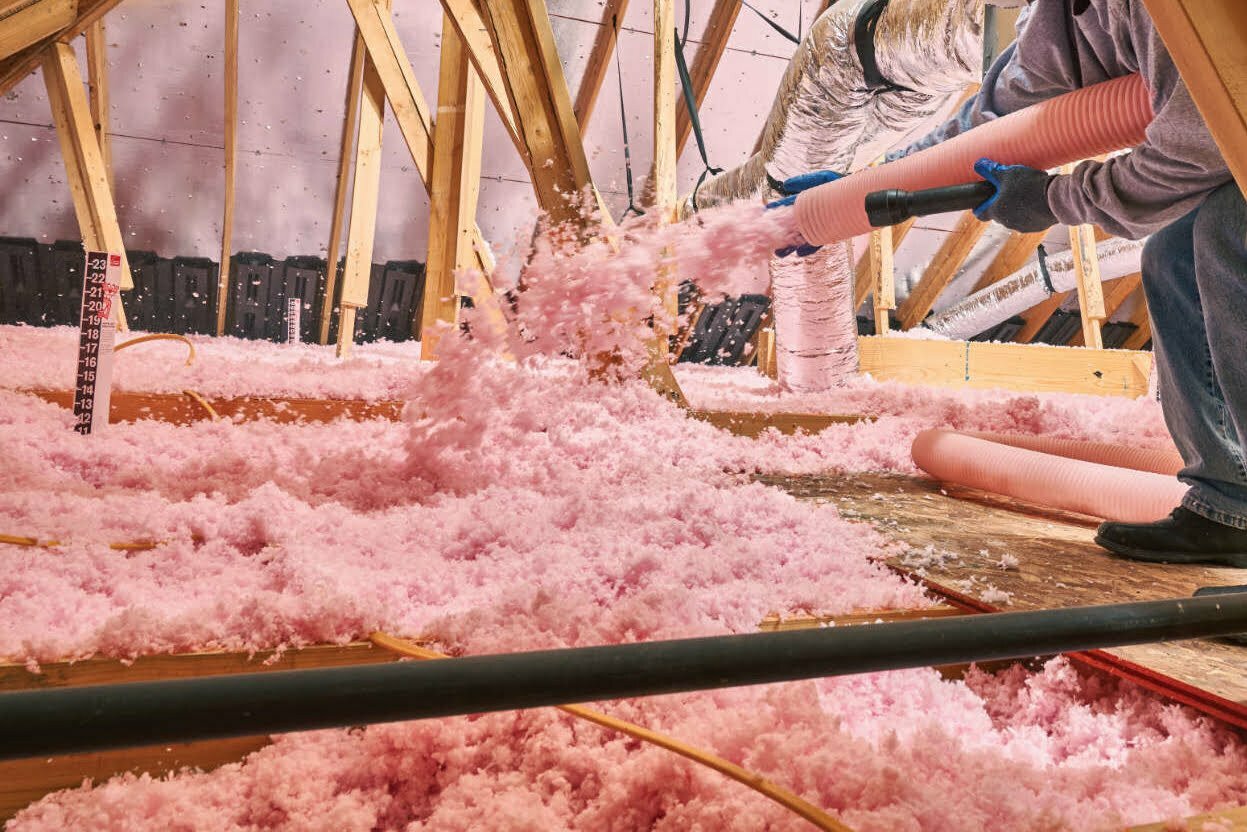
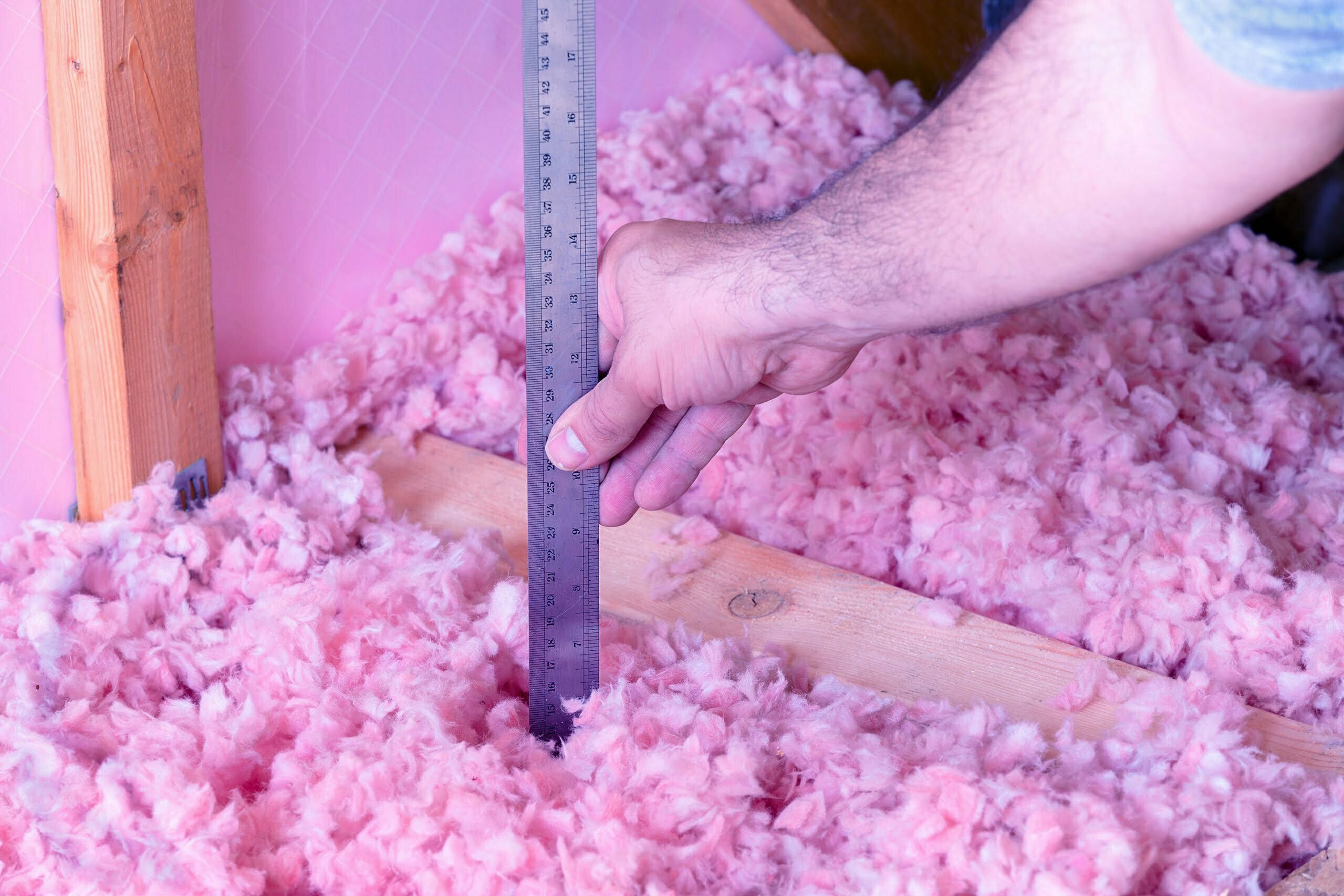
Blown-In Insulation Saves You Money
Most homes are supposed to have an R-49 R-Value, that’s about 18.5 inches of blown-in insulation in their attic. By having little to no insulation in your attic, the summer hot air in your attic will build up and have nowhere to go, but into your home, causing you to feel more heat in your home and your air conditioner will be running nonstop. In the winter, your heater will be running constantly because there is nothing in the attic keeping the hot air in. When you use Atticat Blown-In Insulation, you will eliminate all of these problems by keeping the temperature in your home level and saving you money on your utility bills.
Blown-In Insulation Benefits
Let’s explore the benefits of using blown-in insulation.
Limits Heat Flow
Blown-in insulation is highly effective in limiting heat flow because it creates a thick layer of insulation that covers any gaps or crevices in the walls, floors, or attic of a building. This prevents the transfer of heat through conduction, convection, and radiation, thereby helping maintain a more comfortable and energy-efficient indoor environment. Additionally, blown-in insulation’s ability to reduce air leaks and drafts, further enhances its heat flow-limiting properties.
Improves Your Energy Efficiency
Blown-in insulation helps improve energy efficiency by creating a high level of thermal resistance. It prevents the escape of warm air during winters and the intrusion of hot air during summers. This results in reduced energy consumption for heating and cooling, leading to lower utility bills and a more sustainable home.
Reduces Ice Dams
Blown-in insulation can help reduce ice dams by maintaining a more consistent temperature in the attic, preventing uneven melting and refreezing of snow on the roof. By effectively insulating and preventing heat loss from the home, it reduces the likelihood of ice dams forming and the resulting damage they can cause to the roof and interior of the house.
What Materials Are In Blown-In Insulation?
Blown-in insulation, also known as loose-fill insulation, is typically made up of small particles or fibers that are blown into the desired space. The materials used for blown-in insulation can vary, but the most common ones include fiberglass, cellulose, and mineral wool.
Fiberglass insulation is made from glass fibers that are spun into thin strands and then mixed with chemicals to make it fluffy and resistant to heat transfer. Cellulose insulation is made from recycled materials such as paper and cardboard, which are treated with chemicals to be fire-resistant. Mineral wool, on the other hand, is made from minerals like rock or slag that are melted and spun into fibers. These materials are effective in reducing heat loss and improving energy efficiency in homes and buildings.
Types of Insulation We Install
Whether your project is an existing home, new construction, pole barn, or commercial property… we offer the best insulation options to meet your needs.
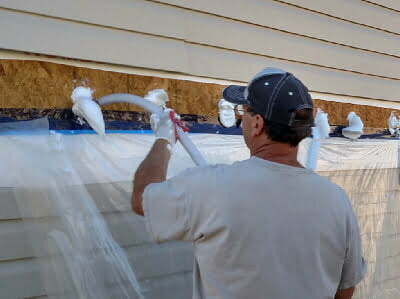
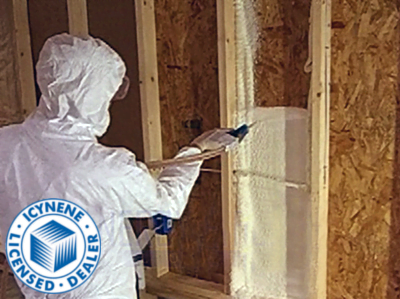
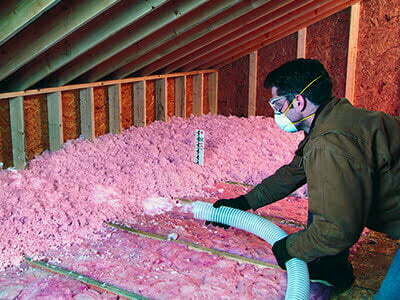
Frequently Asked Questions
What is the life expectancy of blown-in insulation?
Blown-in insulation can last 20-30 years depending on your attic’s existing ventilation.
Is there a downside to spray foam insulation?
Spray foam insulation is great for attics, crawl spaces, and new insulation projects on freshly constructed homes. This insulation is used in open cavities to improve comfort and energy efficiency. When used properly, it works great to add comfort to your space and increase energy efficiency. If you’re unsure which insulation is right for your home, Cincinnati RetroFoam can help.
Can you put too much blown insulation?
It is possible to use too much blown-in insulation so that the building materials in your home can’t breathe. However, with proper eave vent baffle installation, you can ensure this doesn’t happen. While you want your home to be properly insulated, you also want a healthy airflow.
Our Customer Reviews
Related Posts
The Benefits of Attic Blown-In Insulation: A Complete Guide
Insulation is essential for the energy efficiency, comfort, and overall livability of your home. Among various types of insulation, blown-in insulation has emerged as a [...]
Batt or Blown-In Insulation – Which is Best for Your Home?
Blown-in or batt and rolls– how do you choose? Homeowners often struggle deciding which one is best suited to their home as they make changes [...]
Energy Saving Tips – Adding Home Insulation Adds Value, Comfort, and Cost Savings…
Visible improvements are all well and good, however unseen upgrades for energy efficiency are highly sought after on your home improvement list. One of the [...]

